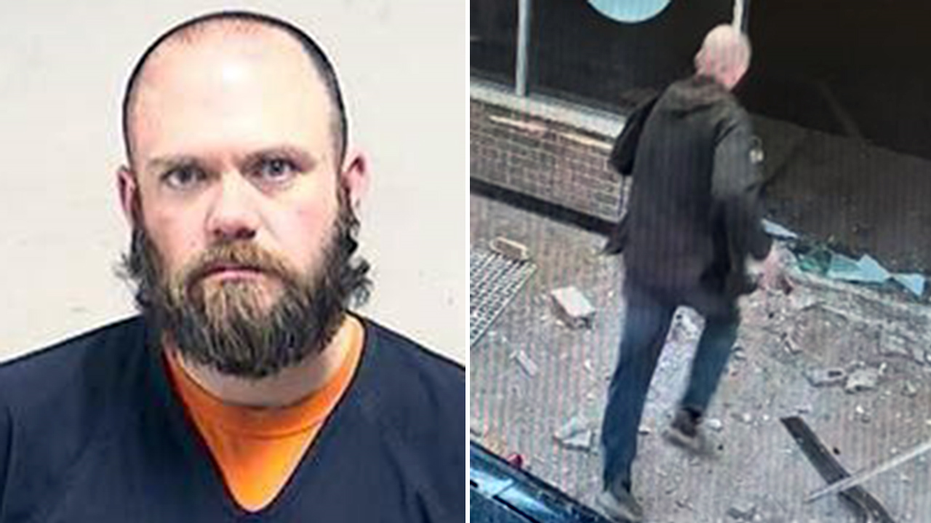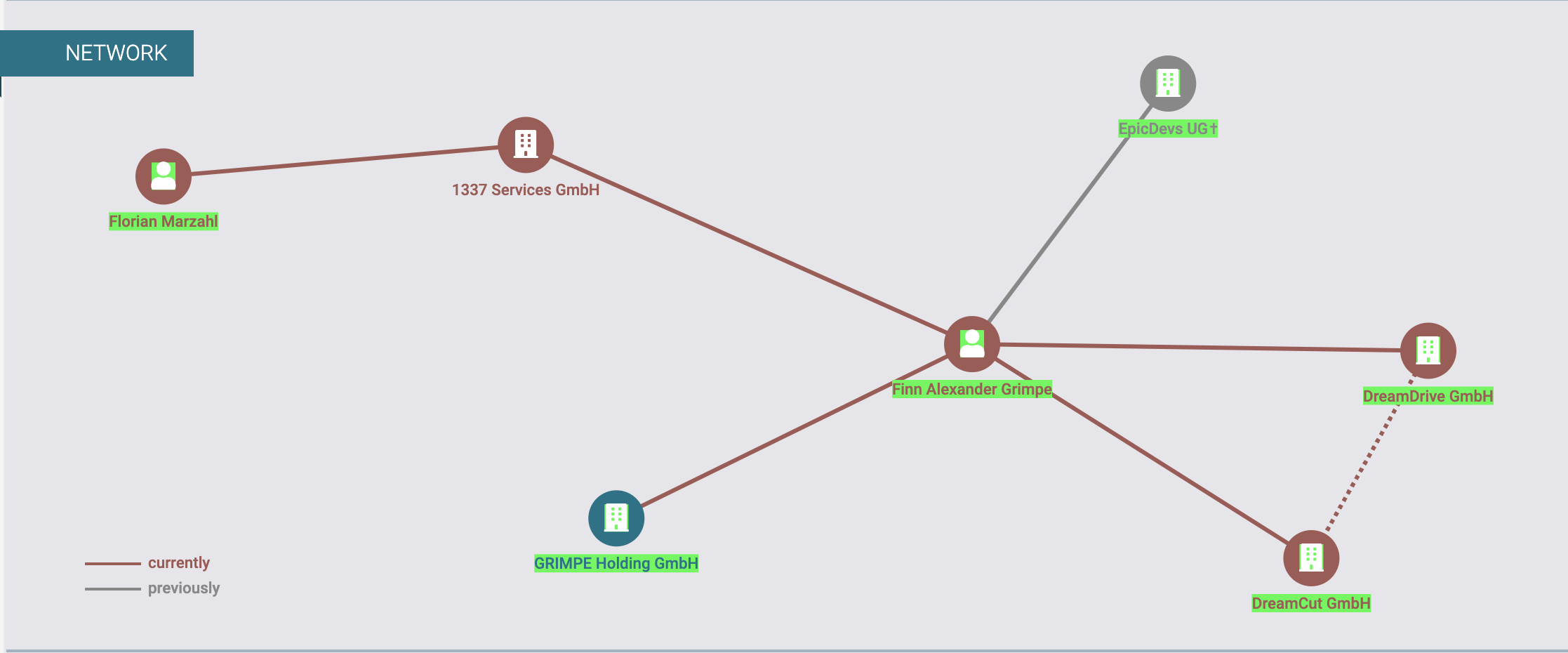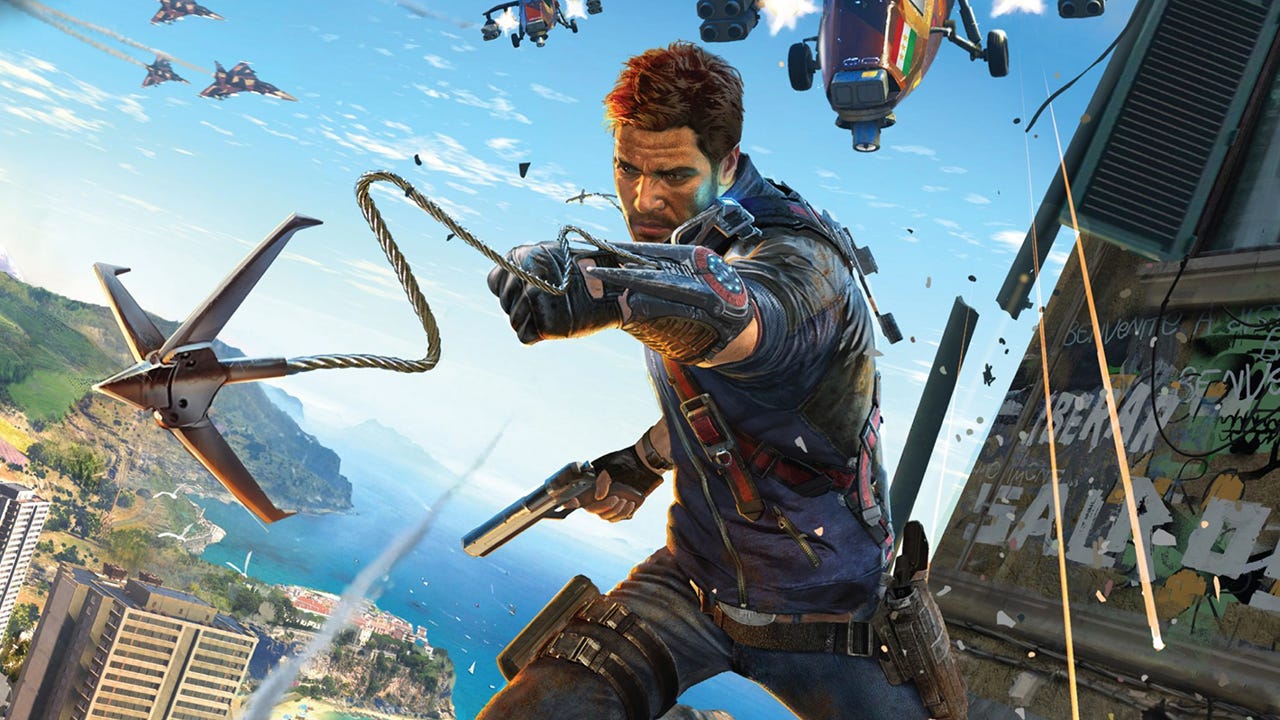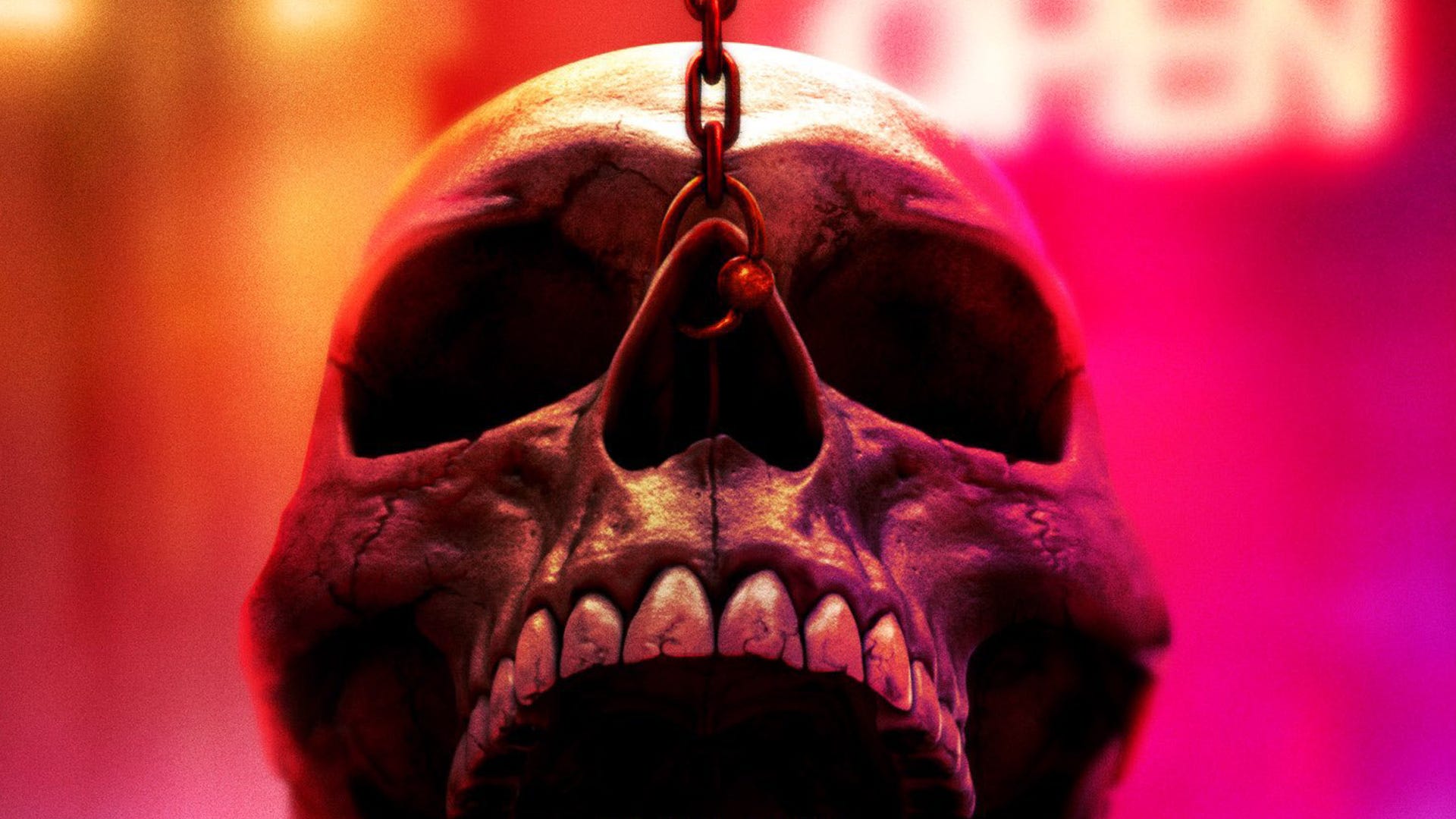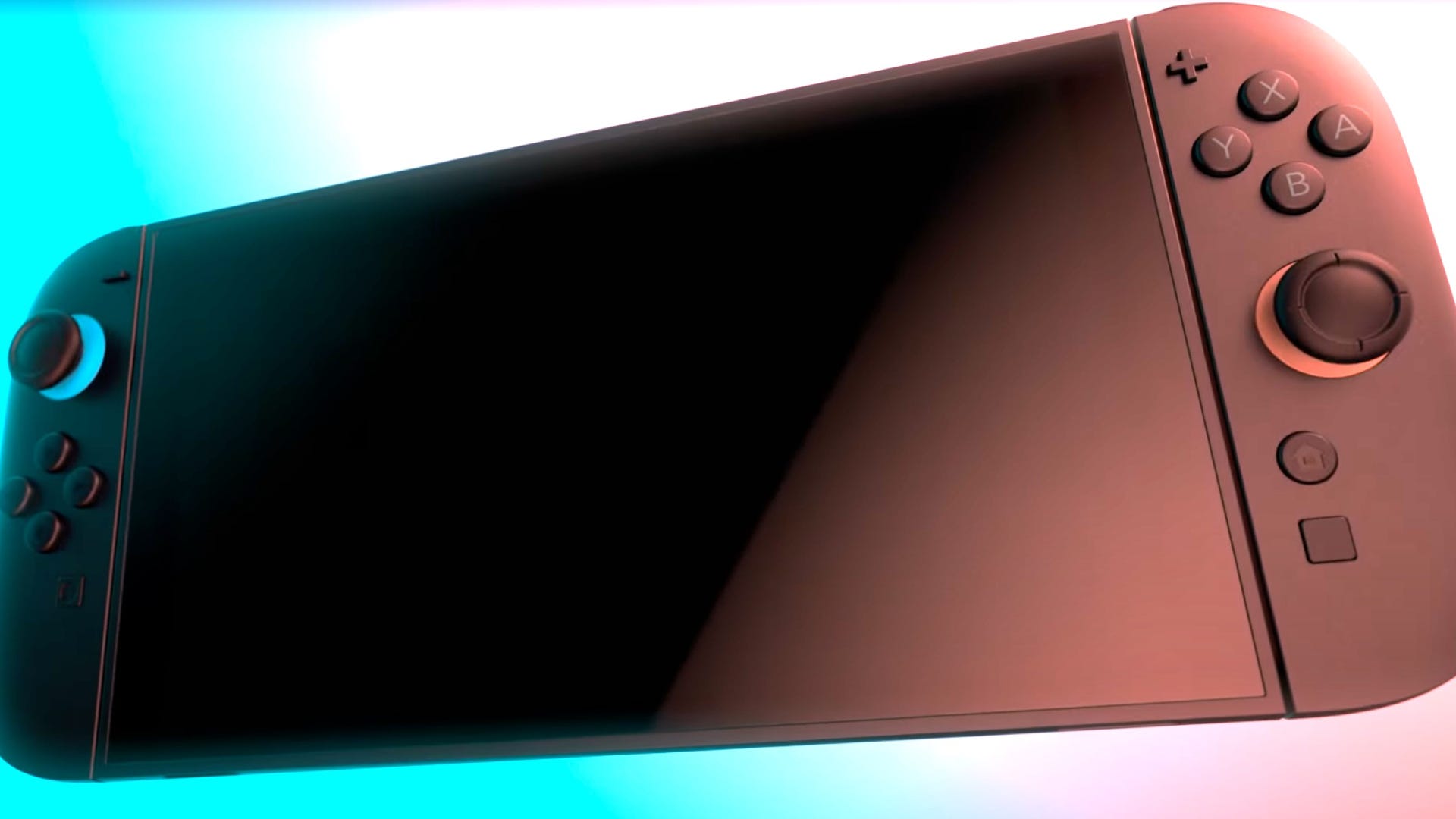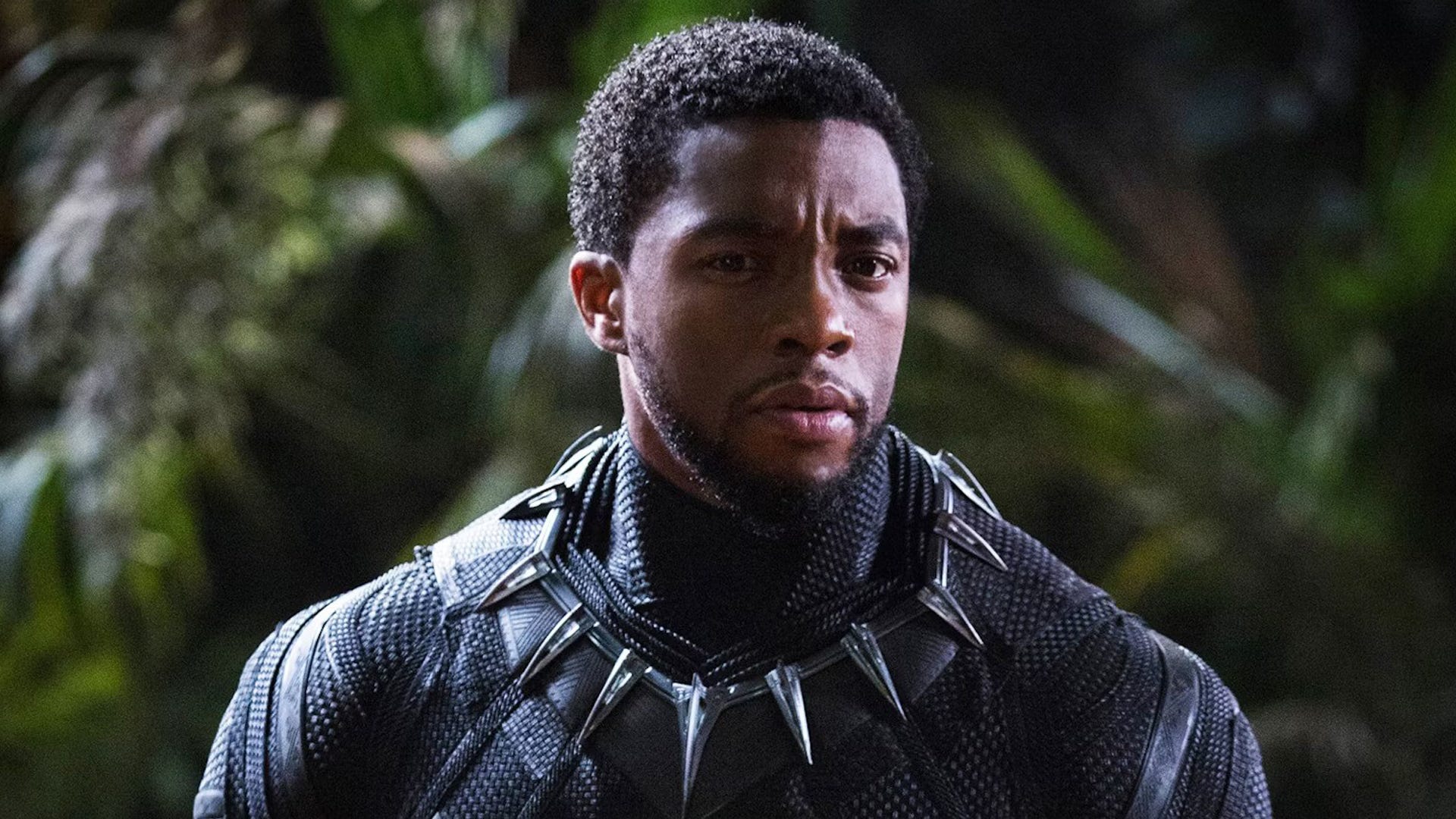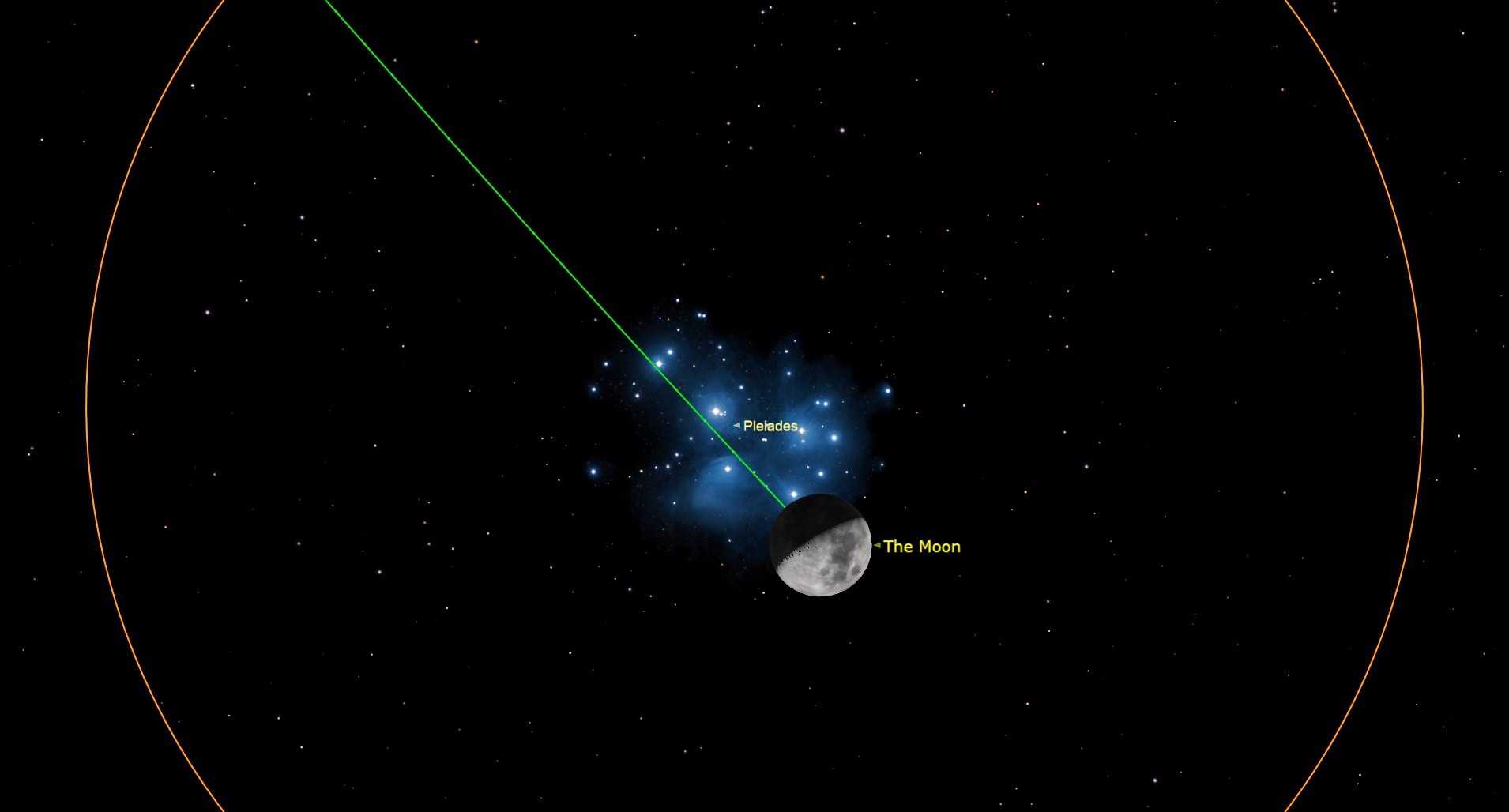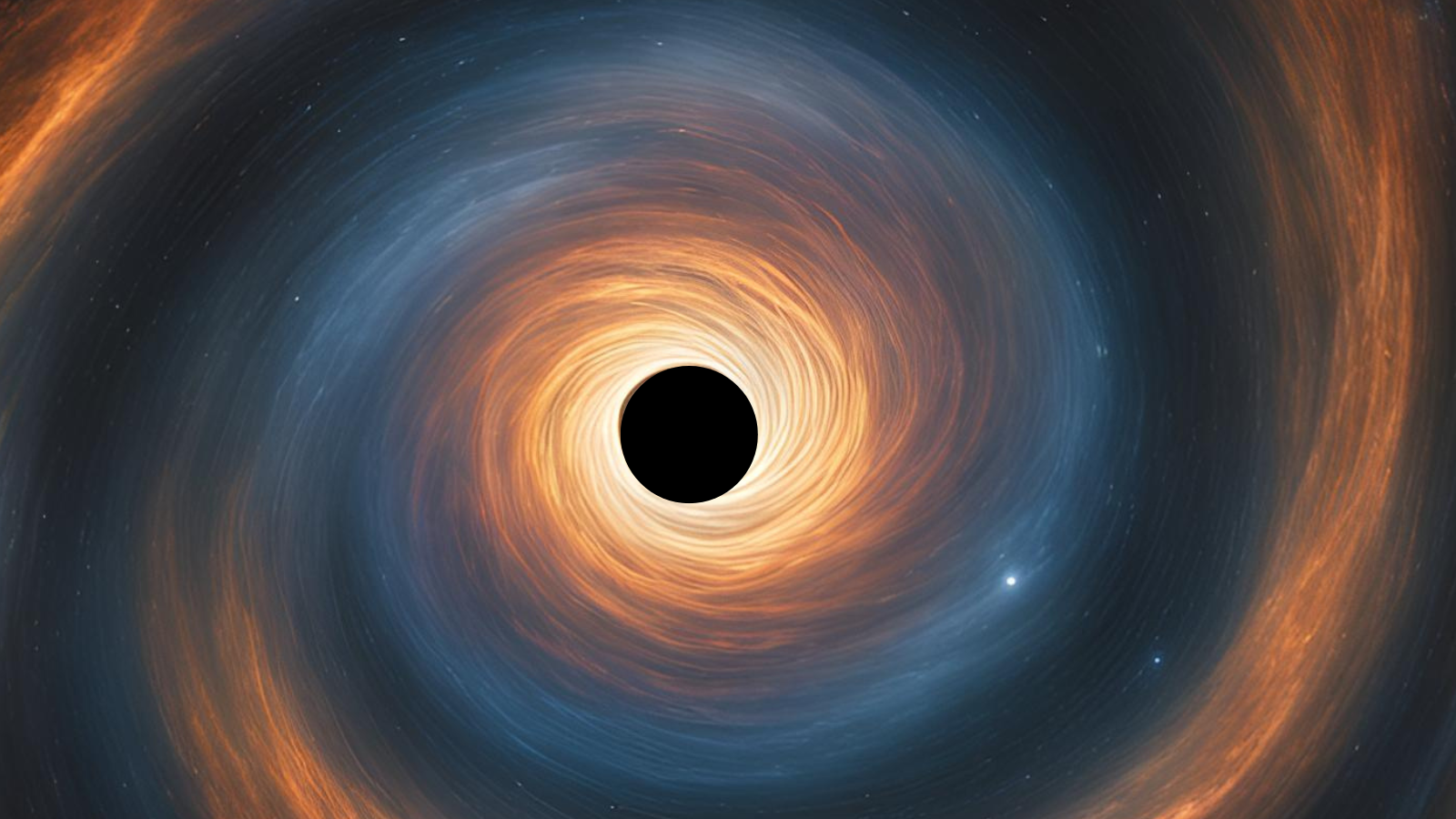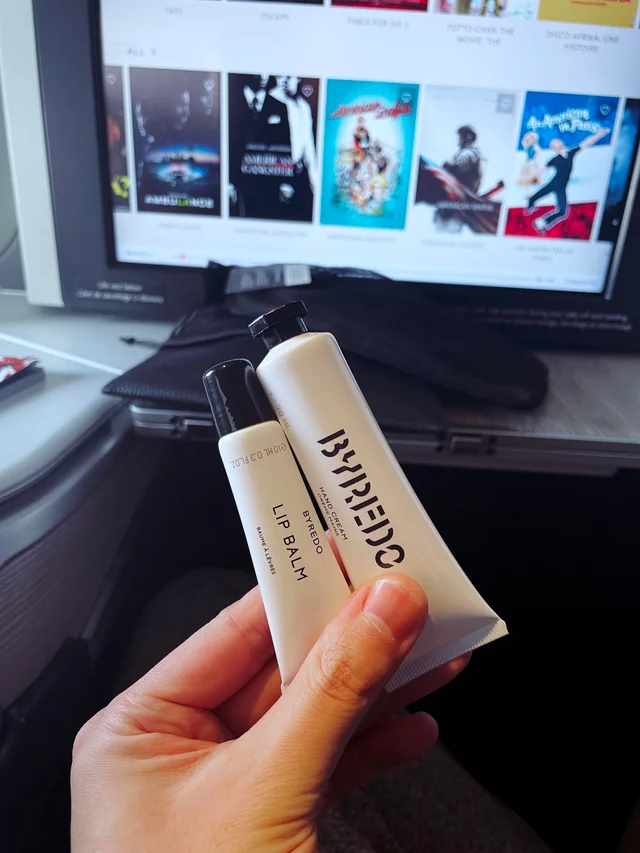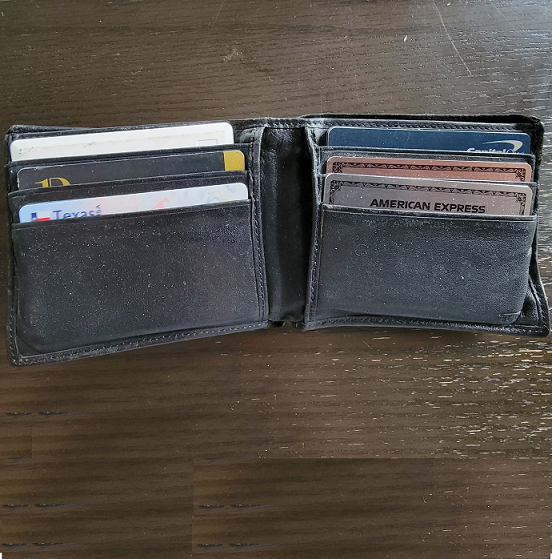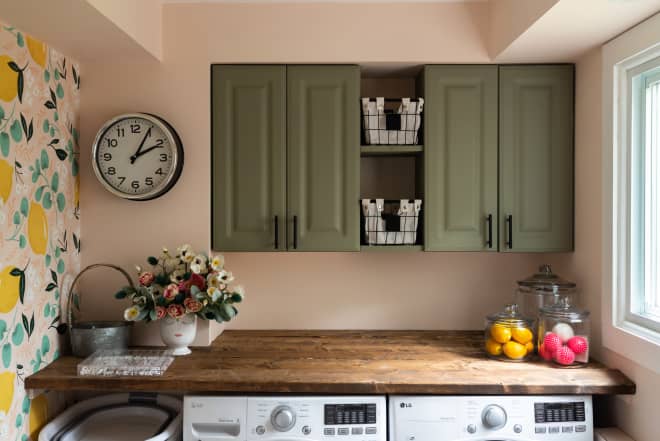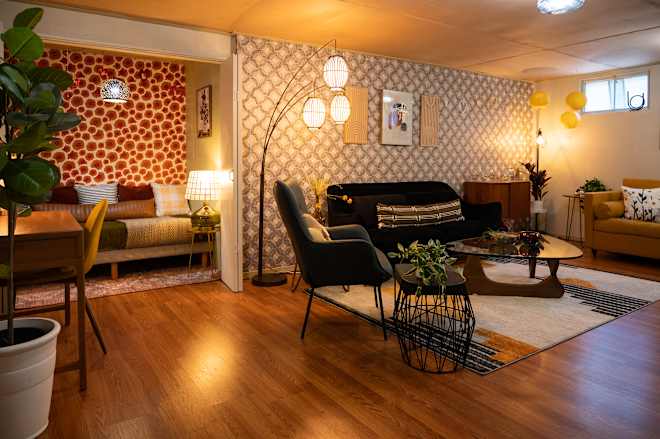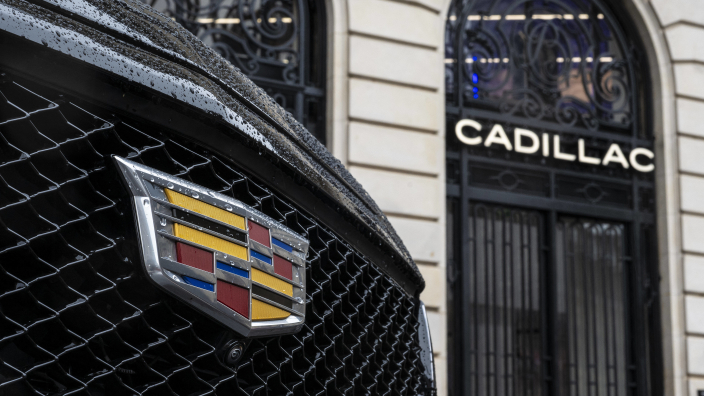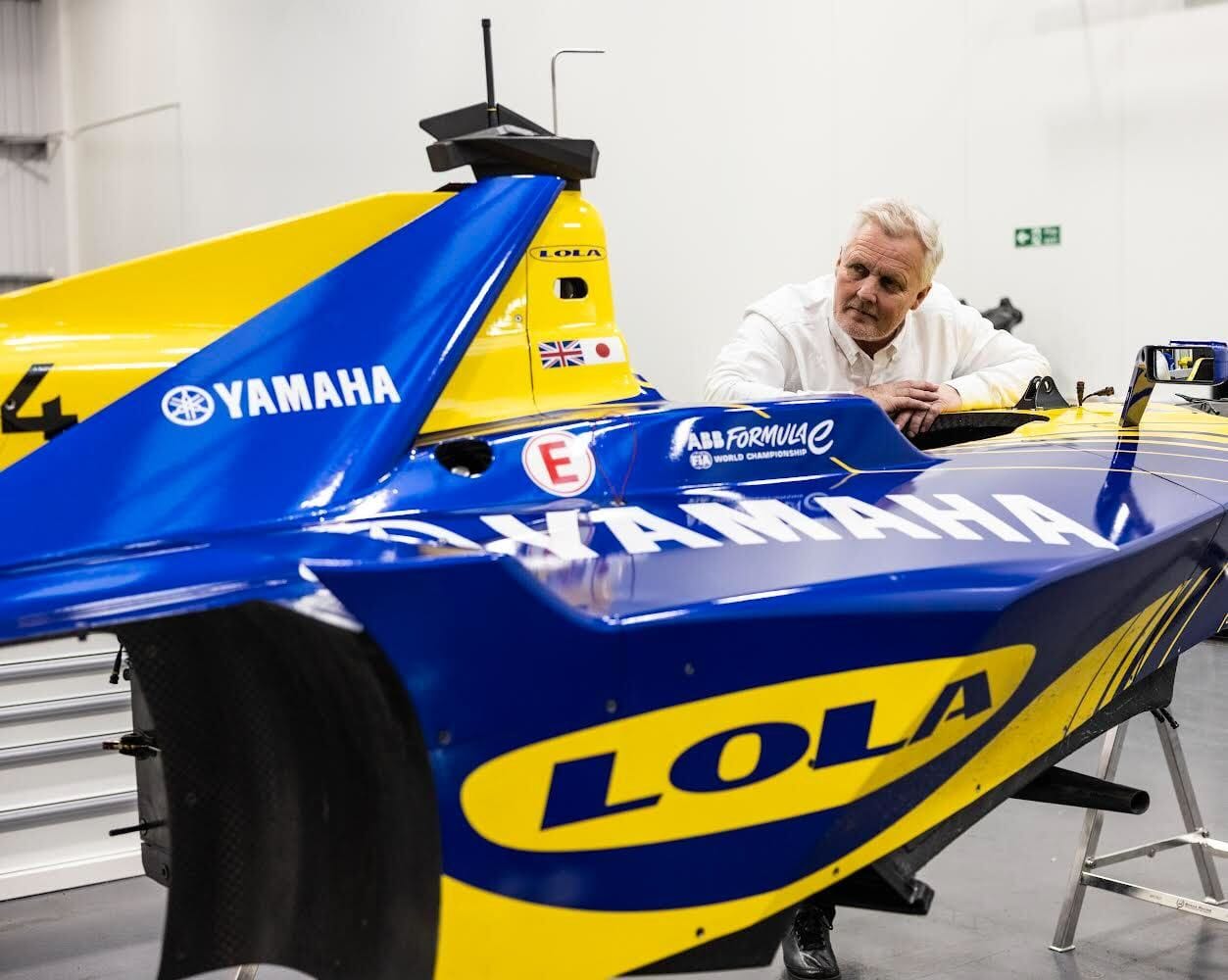The Coast Slayer EDC Flashlight Hands-on Review: It’s All Metal \m/
A great addition to your everyday carry that takes up minimal space and provides maximum versatility. The post The Coast Slayer EDC Flashlight Hands-on Review: It’s All Metal \m/ appeared first on The Drive.
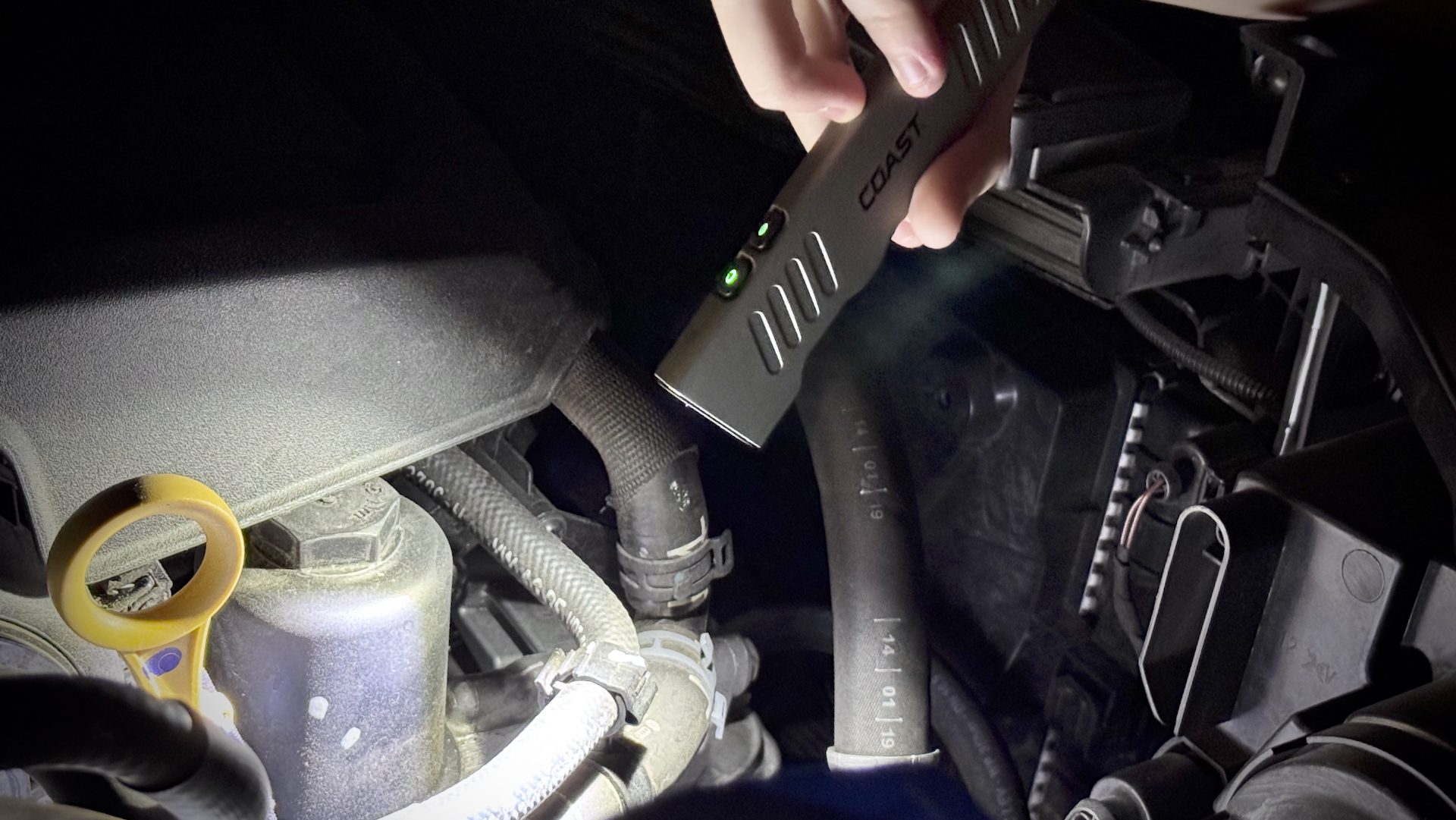
The Coast Slayer checks off one of my first criteria in an EDC flashlight. It won’t roll away. That’s obviously not the only thing that matters, but a smooth cylinder with nothing to keep it in place is pretty much a deal breaker for me. The Slayer’s also waterproof, has two different beam patterns and four different brightnesses, is rechargeable through USB-C, has an all-aluminum body, and even comes in four different colors. But, a lot of lights out there have similar specs. After carrying it for a few months, the Slayer has justified its $79.99 price tag and earned a spot in my EDC rotation.

The Bottom Line
The Coast website is selling any of the four colors of Slayer for $79.99 (at the time of writing)
If you want silver, Amazon has it for $69.19 (at the time of writing)
Every 13.8 seconds, a new EDC flashlight hits the market—I may be exaggerating the frequency, but I would bet on average is around once a day. I get offered at least a flashlight a week for testing. I normally turn down anything that seems disposable, a knockoff of a prominent brand, or designs that just don’t seem relevant to either EDC or useful as a tool—putting an LED in knuckle dusters doesn’t make them flashlights.
The Slayer starts with an all-aluminum body that’s textured and anodized. The finger grooves on the bottom and machined details on the sides provide more grip. It’s lightweight at 3.2 ounces, and it easily slides into a pocket. Using low power mode, the fully charged lithium-ion battery will give you over 10 hours of light, and even on high power, it’ll give you over 2 hours. That high power mode is good for 540 lumens, but if you really need to light something up, there’s a turbo mode that shoots out 1150 lumens, but that’s only good for about 30 seconds at a time.

There are at least a dozen EDC flashlights in this rectangular, pocket-sized category from reputable manufacturers. All with very similar specs and prices. Some have lasers, colored LEDs, and UV lights. There are even different versions of the Slayer, also with a laser or red flood light. I have a couple of flashlights with lasers. However, I don’t think I’ve needed one since the last PowerPoint presentation I gave in college. I like having the flood and the spot, and I like the two-button setup that allows me to cycle through all the choices with one button and set my favorite to the second button.
I don’t plan on scuba diving with the Slayer, but if I did, it would work; it’ll also work in the rain. I’ve had this a few months and so far, I haven’t even scratched the anodizing, so I have to think this is going to hold up to some abuse. I like the quality, I like the performance. In the end, it’s not perfect, but a lot of choosing an EDC flashlight comes down to preference, and the Slayer fits mine.
| Coast Slayer EDC Flashlight | |
|---|---|
| Quality | 9/10 |
| Ease of Use | 7/10 |
| Durability | 8/10 |
| Performance | 8/10 |
| Overall | 8/10 |
What is an EDC flashlight and how many lumens do I need?

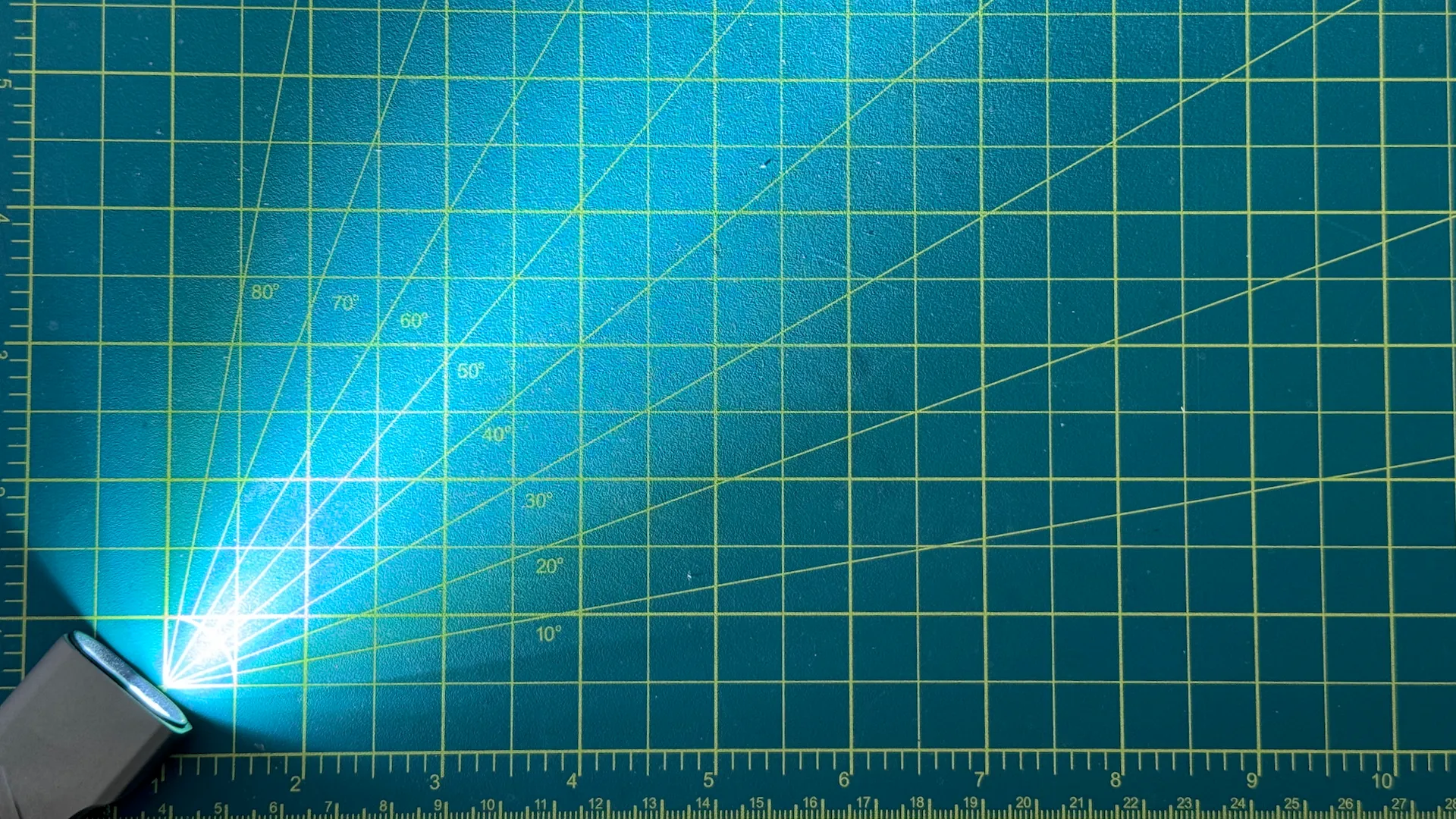
My idea of an everyday carry flashlight is probably different than everyone else’s. I want a flashlight that allows me to see into dark areas or just helps me see small details with more resolution. A flashlight for huge distance or area outside doesn’t do me much good. I know a lot of people would consider this a small-sized flashlight, but this is as big as I would EDC. I have extensive hand-to-hand training, I wear a lot of black and very dark grays. I’d consider living in a tech-cave with my car ideal, I’m pretty sure the only thing holding me back from being Batman is my unwillingness to wear things clipped to my belt. I don’t even like things clipped inside my pocket. For me, this is a good size for a pocket-carry flashlight.
In most cases, I’m using my light over pretty short distances. I need a light that functions well between 8 inches and, at most, 25 feet. I’m not trying to blind anyone, especially myself, so I’m not using more than the Slayer’s medium power and I have the favorite button set to the lowest power. For working on cars, you’ll probably find yourself on the lowest power most often.
What are the specs of The Coast Slayer Flashlight?


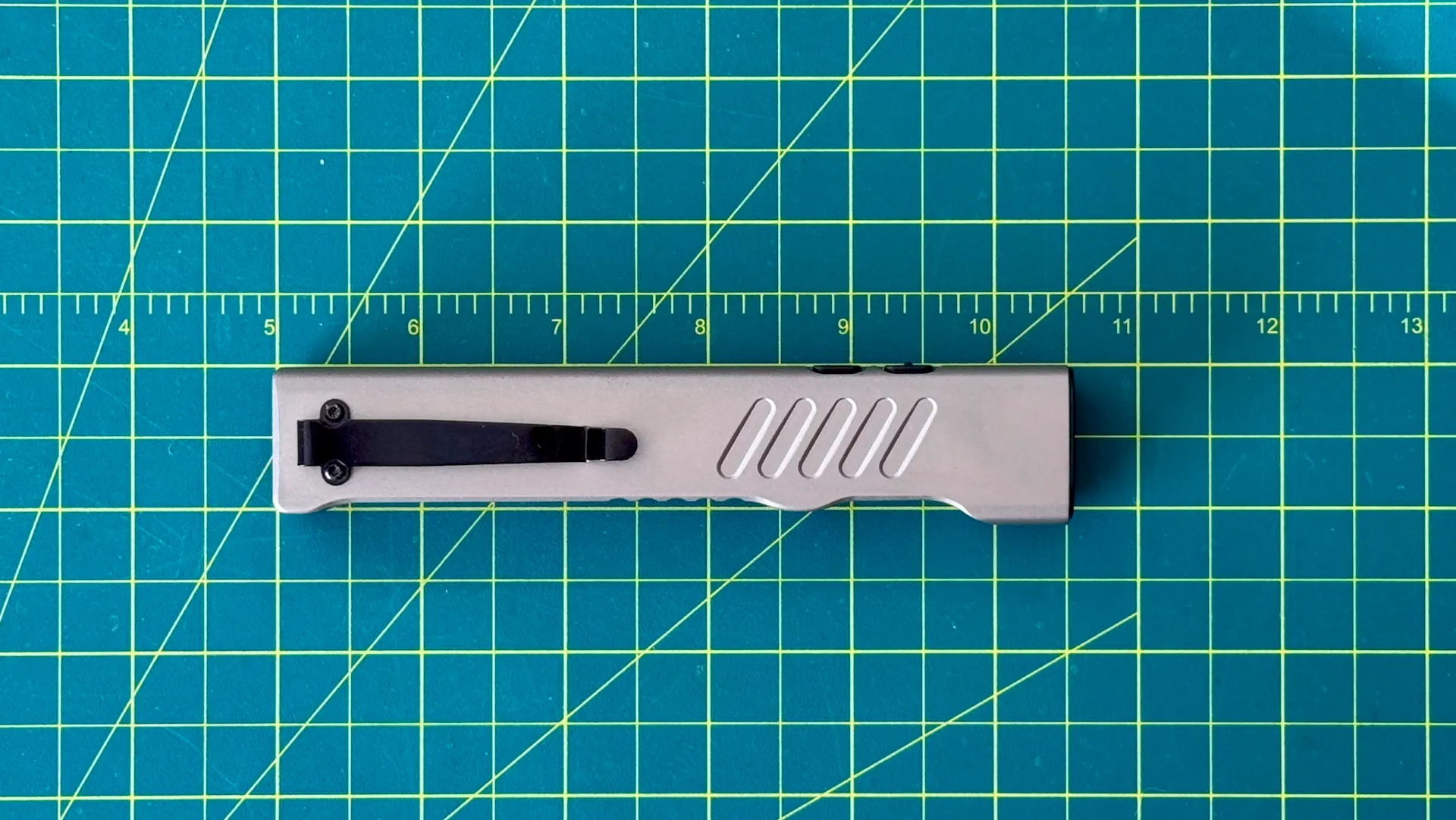
I’m beginning to test flashlights with a light meter, but this will be comparative testing so the results aren’t going to mean anything until I have a data pool. I can already see myself building an integrating sphere in the near future, but we’ll see what happens. For now, let’s talk about manufacturer specs. As I mentioned earlier, there are three levels of flood light; Low is 42 Lumens, Medium is 205 Lumens, and High is 380 Lumens. The spotlight only has one level and that’s 540 Lumens. Turbo Mode gives you 1150 Lumens. For reference, that’s on the high end of what automotive halogen headlights can produce. All the beams are fairly wide, even the spot. Again, this is something I will try testing in the future, but it’ll all be comparative.


Speaking of the upper end of things, the Slayer is about the maximum size for a pocket-carry flashlight. According to Levis, its average front pocket in men’s jeans is 9 inches deep. As we all know (or should know) women get the short end and have to put up with 5.5-inch deep pockets. The Slayer is roughly 5.4 inches long, which means when it’s at the bottom of your pocket (in men’s jeans), there’s enough headroom above it so sitting doesn’t force it into your hip joint. It also doesn’t feel particularly bulky as it’s 0.8 inches thick in the smallest direction and 1.0 inches in the other.
As I mentioned above, it weighs just 3.2 ounces. That’s about the same as 3 AA batteries, which seems like an appropriate comparison. Which leads to the battery, a ZITHION power cell. From what I can tell, ZITHION, is just a brand name for Coast’s lithium-ion batteries, but it sounds super scifi. The non-replaceable cell can be fully charged in about two hours through the USB-C port, which is covered with a removable but tethered plug—mostly tethered. I pulled out without much effort and it took a few minutes and dentist pick to reinsert it.


The Verdict
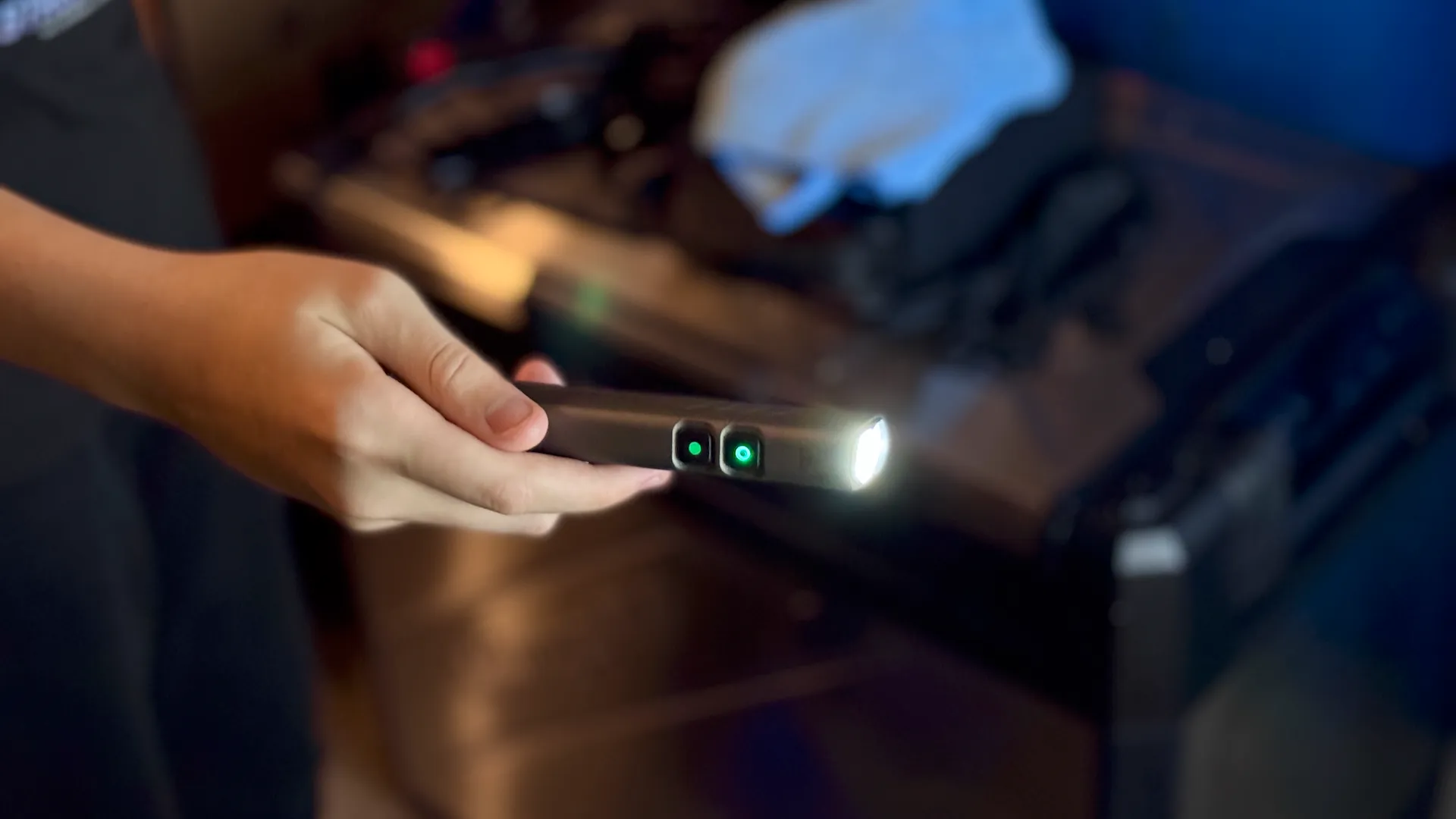
I am a habitual flashlight carrier and buyer. While some might call me a flashlight enthusiast, I wouldn’t say I’m a flashlight nerd. I don’t obsess over the power or color of the beams. I don’t get caught up in the bench racing of comparing specs on paper. I like flashlights that are functional for daily use, rugged, and evoke some amount of mechanical joy, knowing they are designed and built by people who give a crap.

I am curious to see how long the battery lives in this. It does have built in battery management, so it won’t allow overcharging or overdischarging, which will maximize life. I’m sure this thing will hold-up for years to come. To break it would require some real abuse. So, i’m not worried about that. For working inside the garage, I may 3D print a sleeve that holds magnets, but that’s another story.
The Coast Slayer (I hope you hear a Jeff Hanneman riff every time you read that like I am typing it) is a well-designed, precisely built EDC flashlight that provides plenty of light and runtime in a small package. It’s rugged, well-built, and looks great. The pricing is competitive for the category, but you’ll still have to be an EDC fan to spend 80 bucks on a flashlight.
The post The Coast Slayer EDC Flashlight Hands-on Review: It’s All Metal \m/ appeared first on The Drive.



